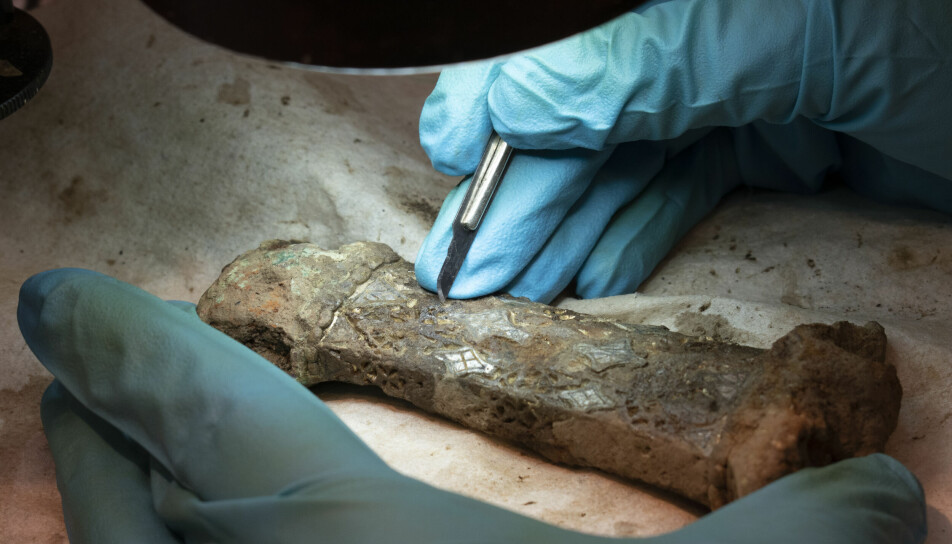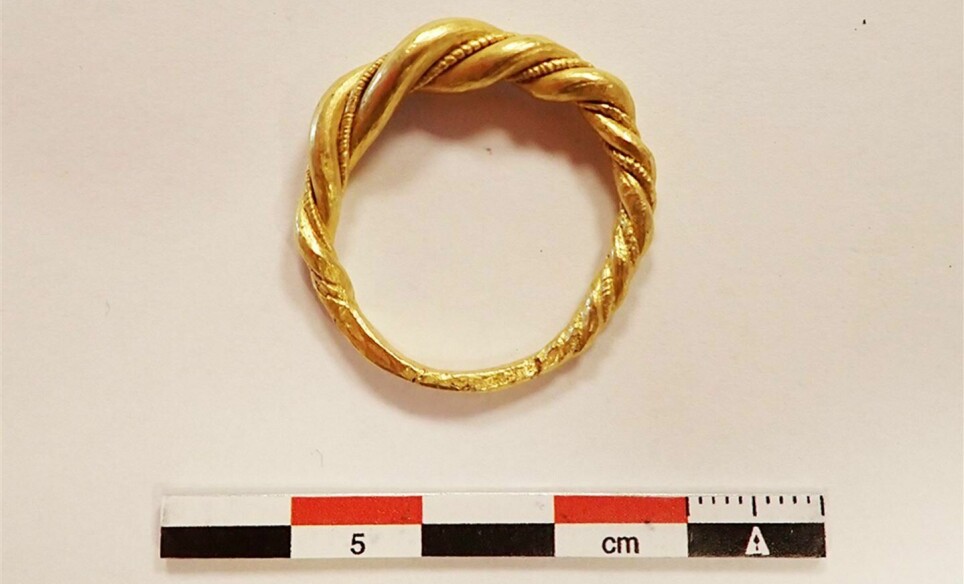
This gold ring once belonged to a powerful Viking Chief. It was found in a pile of cheap jewellery auctioned off online
The heavy, shiny gold ring stood out. And no wonder. It once belonged to a powerful Viking chief.
Mari Ingelin Heskestad was interested in one of the pieces of jewellery in the photo at the online auction. But she had to purchase the whole lot.
Among the cheap jewellery, a shiny ring stood out.
“It was really heavy, and shiny. It looked very special,” Heskestad says to the newspaper Bergensavisen, BA.
She asked her father-in-law, who knows a thing or two about historical artefacts. He believed it might be a ring from the Viking Age.
Heskestad immediately contacted the archeological team in Vestland county.
It turned out her father-in-law was right.
She had accidentally bought a heavy shiny golden man’s ring from the Viking Age.
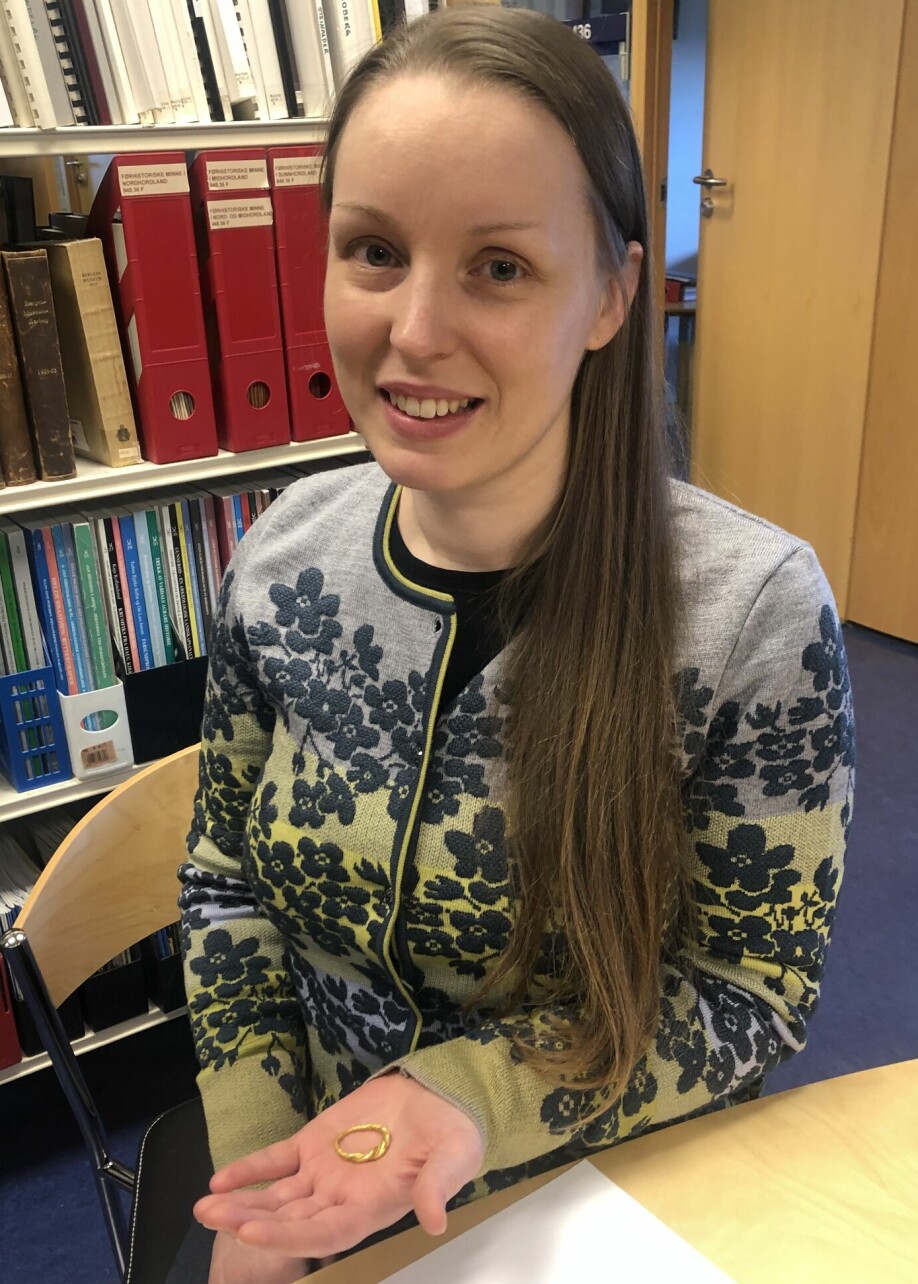
Stuffed in a banana box
“This is unique,” says archaeologist Sigrun Wølstad, senior advisor in the Vestland county section for cultural heritage.
She was at the office that day in February when Heskestad came to deliver the ring.
“We’re so impressed with her – the fact that she reacted exactly as you should when you find something you might believe is of historic value,” Wølstad says.
Her office is the place to go with findings that might be of archaeological interest. The people who come are usually metal detector enthusiasts, or people who for some reason or another have to dig in the earth, and stumble upon historical items.
Wølstad's office has received jewellery from the Iron Age and the Viking Age before, such as brooches and coat pins. But never a ring.
And Wølstad has never heard of such items surfacing in internet auctions.
The auction store had bought the remains of an estate and was selling off stuff in piles packed in banana boxes.
“What this means is that we have no idea where the ring is from,” Wølstad says.
“It could be from anywhere.”
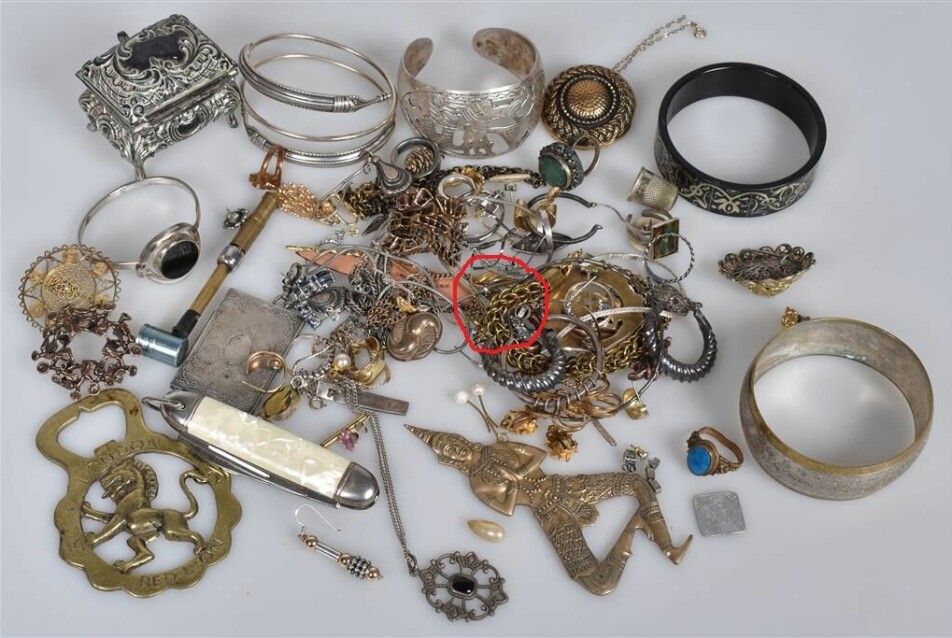
The size of a men’s ring
What the archaeologists do know, is that it was likely a ring that belonged to a man – based on its size.
Perhaps he was buried with it, but this is impossible to know.
The ring weighs 10,98 grams and will be on display at the University Museum of Bergen this fall.
Melanie Wrigglesworth, collections manager at the museum, tells the newspaper BA that there are only a few known similar rings.
“I did a few searches in national databases, and there aren’t exactly heaps of such rings out there. They are rare,” she says.
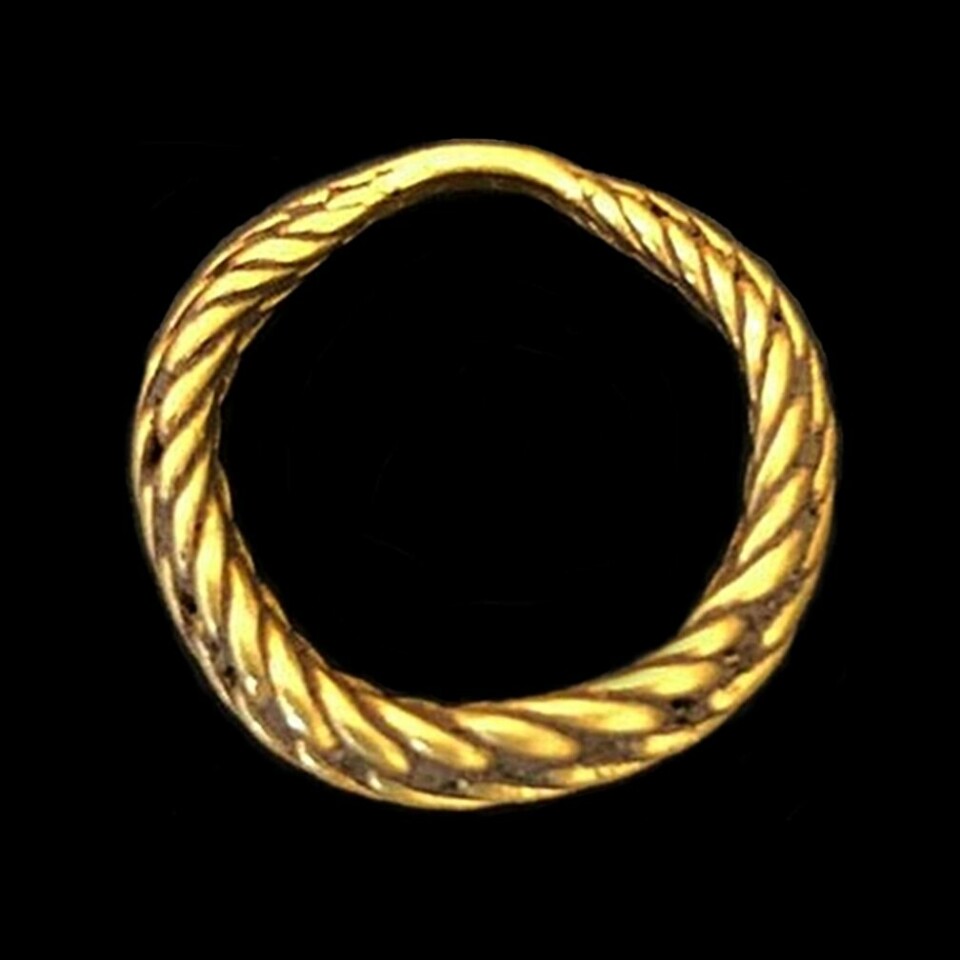

The rich and powerful
Unn Pedersen is an associate professor of archaeology at the University of Oslo. She studies artefacts from the Viking Age, and one of her fields of research is so-called non-ferrous metalworking – meaning for instance copper, silver, and gold.
“This is a really exciting find,” Pedersen says to sciencenorway.no on the phone from her summer cabin.
“It is extremely rare to find such a gold ring from the Scandinavian Viking Age,” she says.
Pedersen confirms that the ring is a typical Viking Age ring.
“We have some very close parallels to it. There are some in silver, and some in gold that have this exact same shape,” she says.
Based on the photo, Pedersen also thinks the ring looks a little worn. It looks as though it has been used a lot.
And it was most likely worn by a powerful Viking chief.
“Gold was rare during the Viking Age, there wasn’t a big supply of it anymore. So this would have been reserved for the richest and most powerful people in society,” she says.
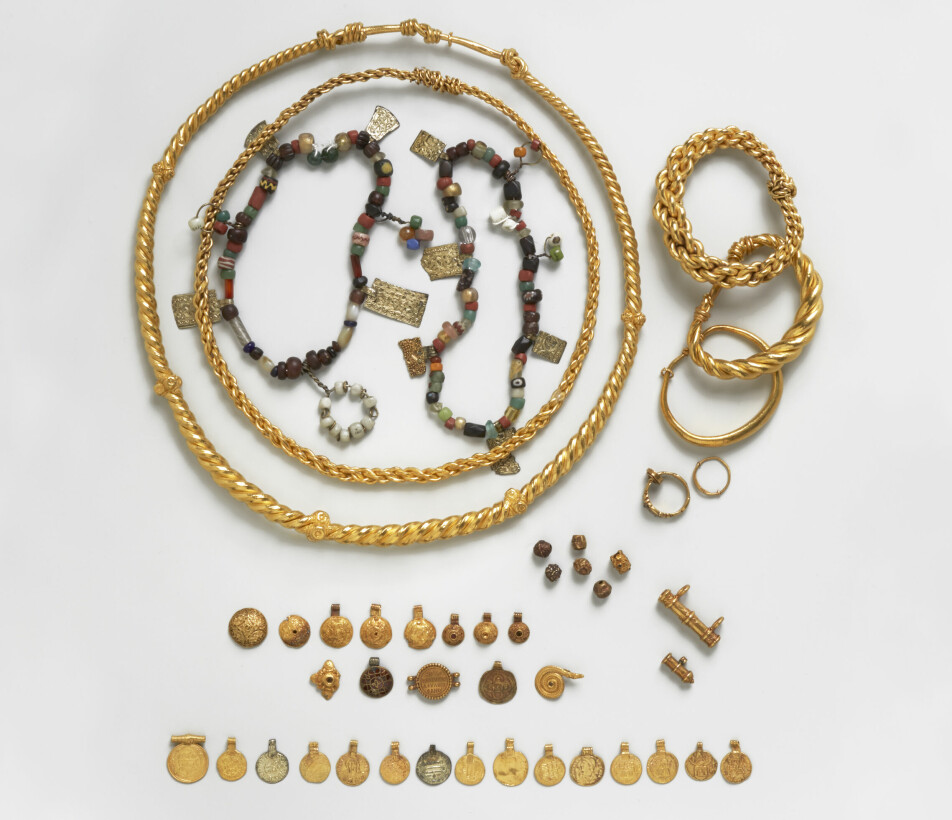
Social status measured in gold
Jewellery was worn by both men and women during the Viking Age. It was used to tell the world how wealthy you were.
Rings and bracelets would have been worn by both men and women. Elaborately decorated oval brooches were worn by women as clothes fasteners on their dresses, while men fastened their clothes with cloak pins.
During the Viking Age, the production of silver in the Arabic caliphate reached new heights and became one of the most important types of metal in Scandinavia. But gold of course remained the most valuable.
“What we see is that hierarchies are established using artefacts,” Pedersen says.
“Often the same items would be made, using different metals. This also applies to the ring in question as we know of examples of the same ring in silver. So you have two people wearing the same ring, but one is silver, the other is gold. It’s clear who is the wealthiest of the two,” she says.
Similar items would also be made in gilded copper alloy, creating a third level in the hierarchy.

We know when, but not where
That items such as the gold Viking ring are found by somebody who is not an archaeologist is however not unusual.
“This has been the case throughout the history of archaeology. Somebody finds something – and that’s why it’s so important that they get in touch with the right people, so an archaeologist can come and examine the place where something was found,” Pedersen says.
A challenge when it comes to historic jewellery is that when not found in graves – which automatically gives context and history – it is often found randomly, as part of a treasure, or it just turns up in a field one day.
“If you only find one piece of jewellery it’s really important to alert archaeologists, so we can come and see if there is more there,” Pedersen says.
Collections of jewellery are sometimes found under the floorboards in a house, where perhaps they were just being kept safe.
Other times, collections of jewellery have been found in bogs or other places in nature where they were obviously not meant to be retrieved. Archaeologists believe this may have been part of a ritual, a form of communication with another world, perhaps a means to secure an afterlife.
One of the most important pieces of information that an archaeologist would use to gain knowledge about this ring will perhaps forever be missing. Where on earth did this ring come from?
Even so:
“We’ve gained an important new find to our collections,” Pedersen says.
------








